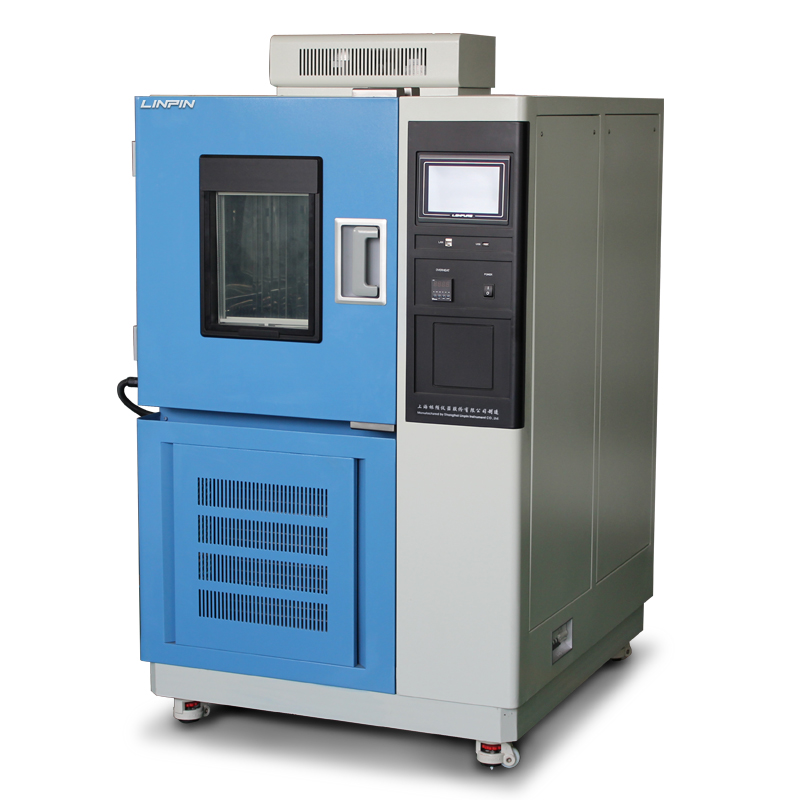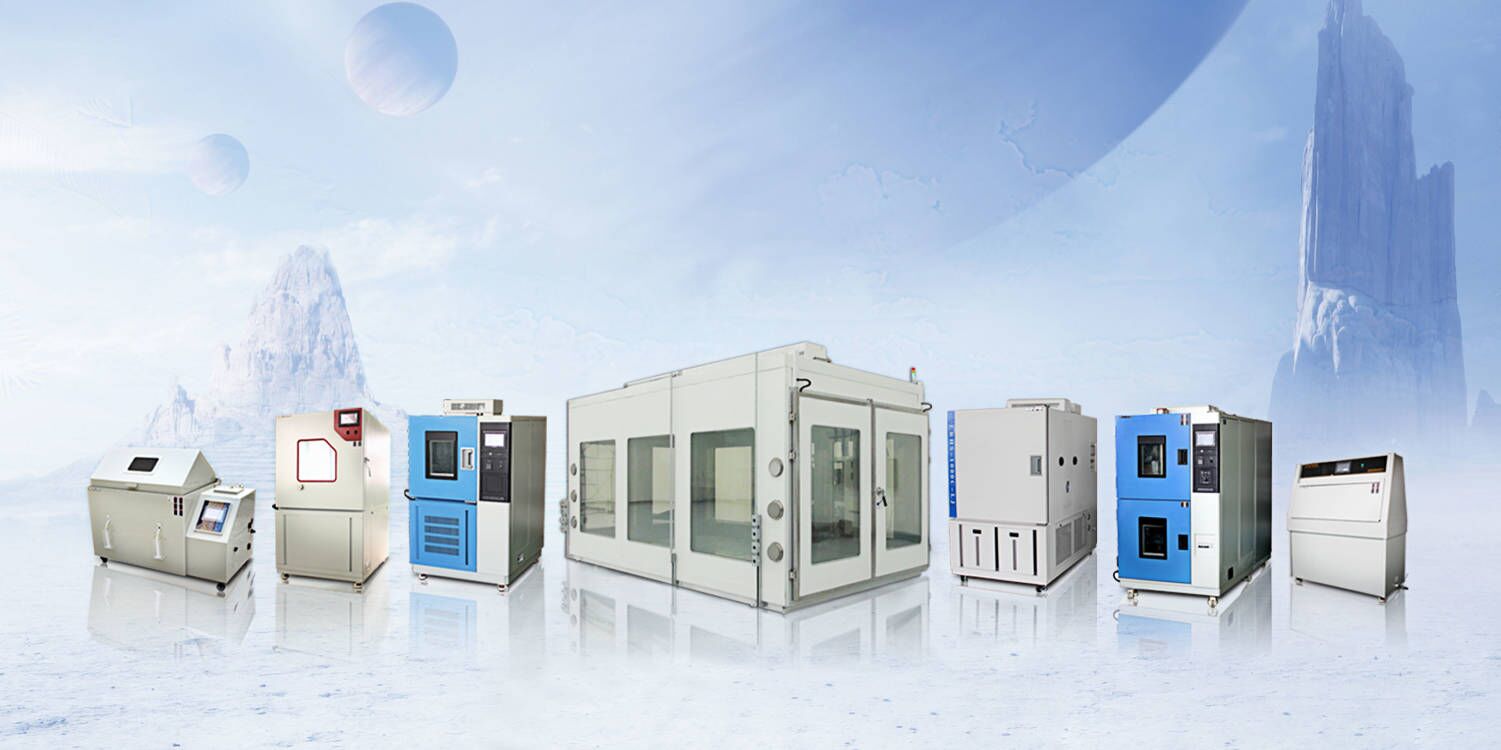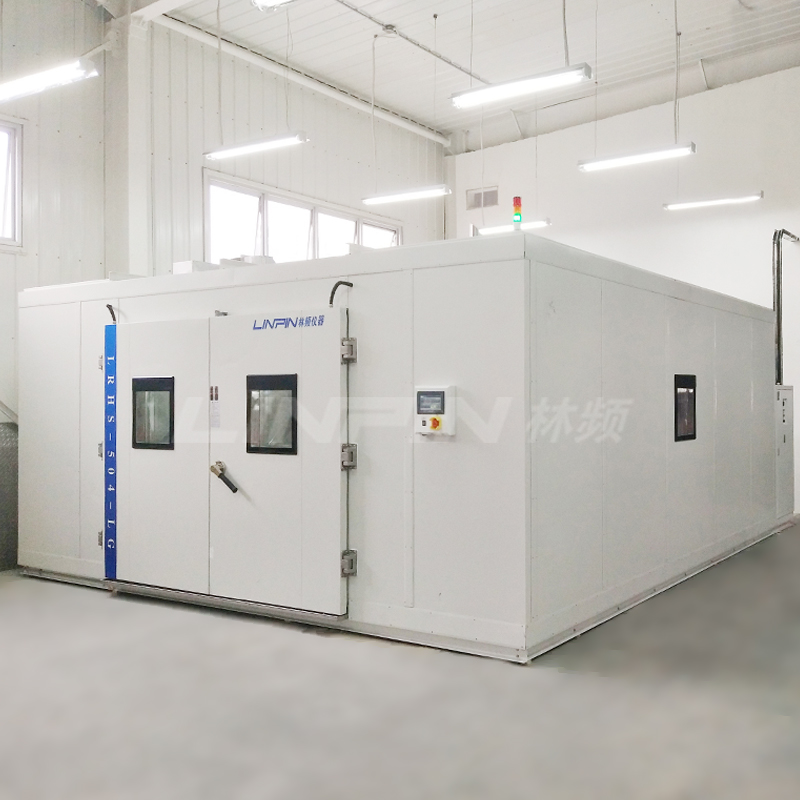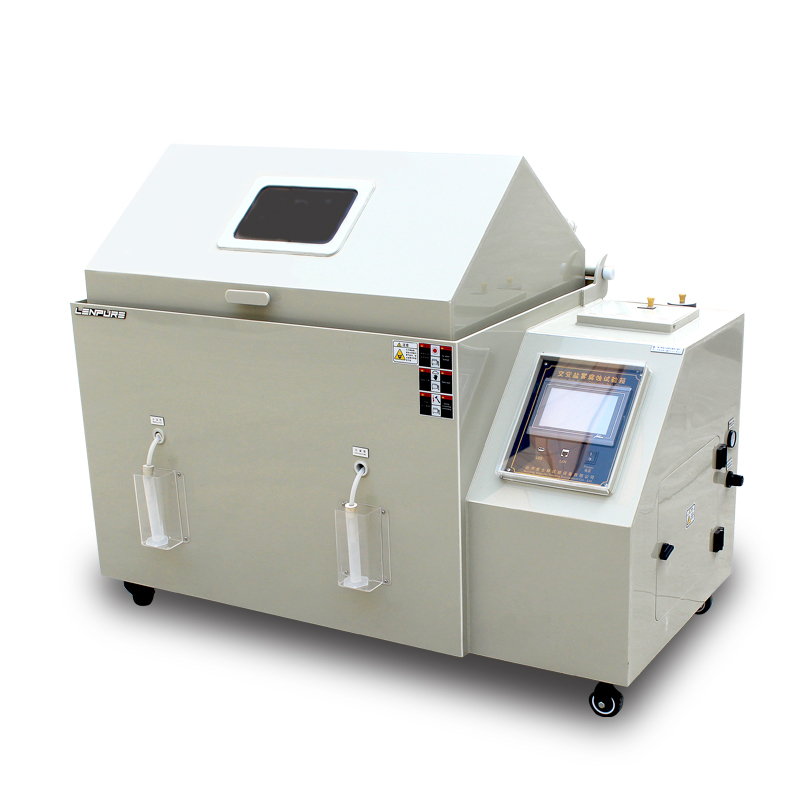How Does Linpin Instruments’ Constant Temperature and Humidity Chamber Stack Up in Terms of Cost-Effectiveness?
Author:LINPIN Update Time:2025-08-22 Source:LINPINIn the world of laboratory equipment, constant temperature and humidity chambers serve as the "climate control hub" for product development and the "foundation of stability" for quality testing. With countless brands available, a common question arises: Why do prices vary so much for similar functionality? If you're considering Linpin Instruments’ chambers, this article breaks down their true cost-effectiveness to help you make an informed decision balancing budget, performance, and after-sales support.
What Defines Cost-Effectiveness? Key Evaluation Criteria
For temperature and humidity chambers, cost-effectiveness isn’t just about price—it’s a combination of:
- Performance & Stability: Temperature/humidity control precision, uniformity, heating/cooling speed, and fluctuations.
- Reliability & Lifespan: Quality and durability of critical components (compressors, heaters, sensors, controllers).
- Energy Efficiency & Operating Costs: Long-term power consumption and maintenance expenses.
- Features & Expandability: Programmable controls, communication interfaces (RS232/RS485/Ethernet), and safety protections.
- After-Sales & Parts Availability: Warranty terms, response time, and spare parts accessibility.
- Total Cost of Ownership (TCO): Purchase price + long-term operational costs.

Linpin Instruments’ Performance Across Key Metrics
1. Performance & Stability
- Temperature/Humidity Control: Equipped with high-precision sensors and PID algorithms, Linpin chambers typically achieve ±0.1°C (model-dependent) and ±1%–3% RH, meeting most R&D and QA needs.
- Uniformity & Fluctuation: Optimized airflow and humidity control ensure stable performance for electronics, material aging, and environmental testing.
2. Core Components & Reliability
- Compressor & Cooling System: Uses reputable domestic/imported compressors with efficient thermal management for long-term reliability.
- Controller & Sensors: Features programmable controllers (multi-step profiles) with user-friendly interfaces and diagnostic functions.
- Build Quality & Sealing: Standard industry-grade insulation and door seals ensure consistent performance over time.

3. Energy Efficiency & Operating Costs
While Linpin optimizes energy use for mid-range models, it may lag behind premium brands in extreme efficiency. Users with high-throughput needs should compare specific energy ratings.
4. Features & Expandability
Most models support programmable cycles, alarms, and standard communication protocols. Higher-end options include remote monitoring and data logging for modern labs.
5. After-Sales Support & Parts
Linpin’s domestic service network ensures prompt responses, readily available spare parts, and competitive maintenance costs.
6. Price & Total Cost of Ownership (TCO)
Positioned as a mid-tier brand, Linpin’s chambers are priced below global premium brands (e.g., Hitachi, ESPEC) but above budget OEM products. Their balanced TCO makes them ideal for labs prioritizing reliability without overspending.
Linpin vs. Market Alternatives
Compared to Premium Brands (e.g., ESPEC, Hitachi):
✔ Pros: More affordable, localized support.
✖ Cons: Slightly less optimized for extreme conditions or ultra-high-end features.
Compared to Budget/No-Name Options:
✔ Pros: Superior build quality, precision, and after-sales reliability (lower long-term costs).
✖ Cons: Higher upfront cost than the cheapest alternatives, but better lifetime value.

The Bottom Line
Cost-effectiveness isn’t just about numbers—it’s about certainty in performance. For labs seeking a balance of reliability and affordability, Linpin’s chambers are a strong mid-market contender. While they may not match premium brands in niche applications, their dependable performance and accessible support make them a practical choice.
Remember: The most expensive isn’t always the best, and the cheapest often costs more in the long run. With Linpin, you’re investing in predictable results—not just a chamber.





